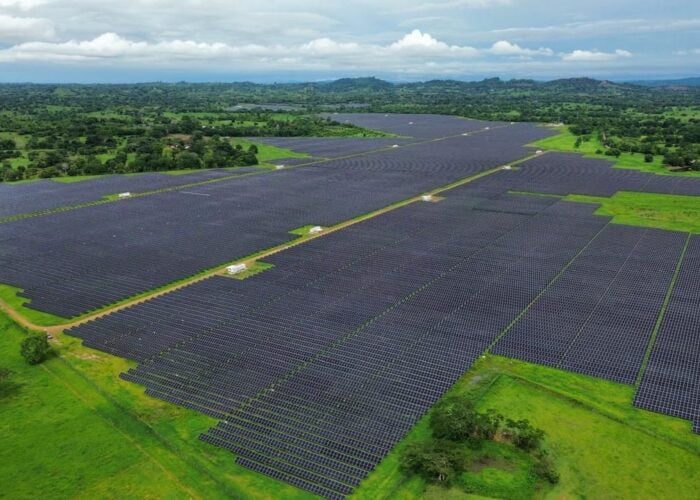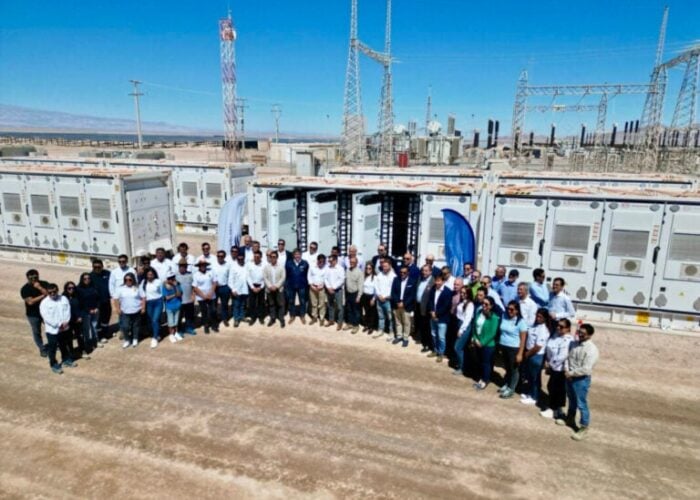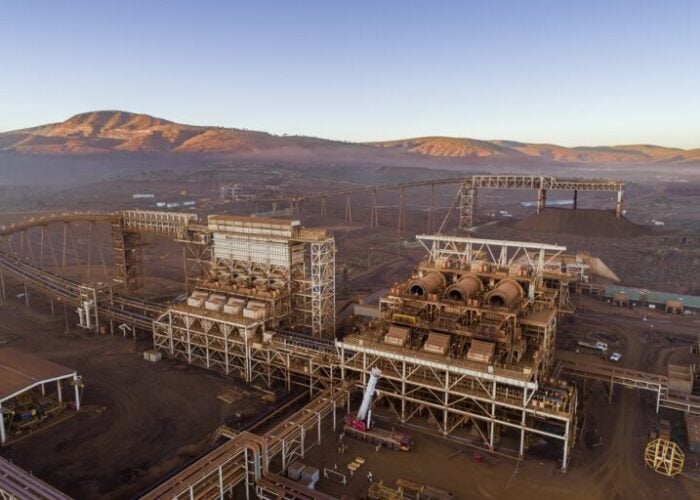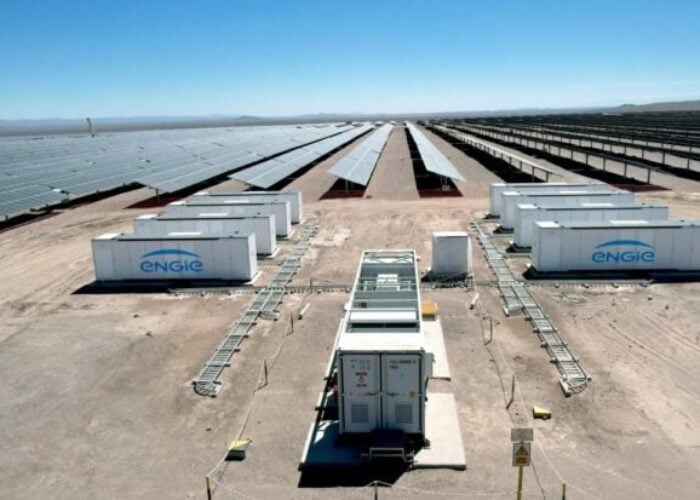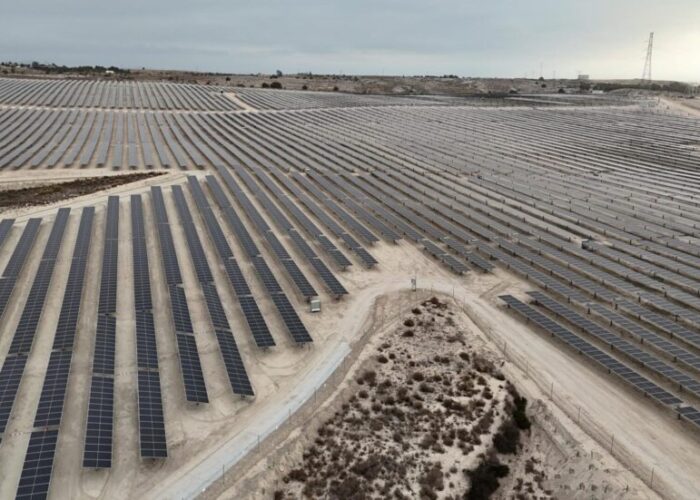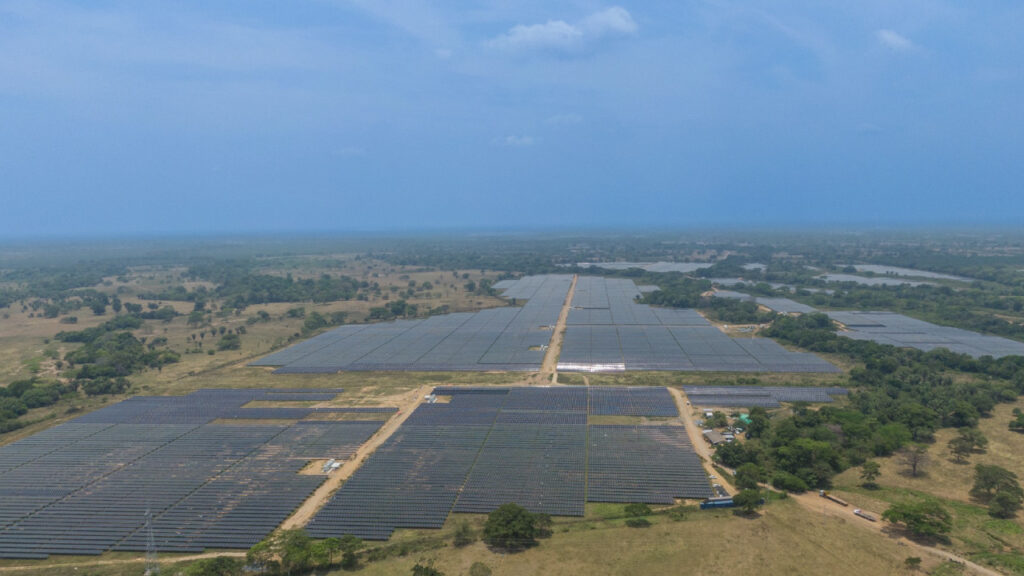
Even though the solar PV market in Ecuador is virtually non-existent, with only a few projects operational and mostly in the distributed generation market, it is about to take off, says José Luis García Pérez, Latin America’s CEO at Spanish developer Zelestra, formerly known as Solarpack.
“In Ecuador, projects are from distributed generation with, until recently, sizes of up to 1MW. The government increased the threshold to 2MW for self-consumption,” explains García Pérez.
Unlock unlimited access for 12 whole months of distinctive global analysis
Photovoltaics International is now included.
- Regular insight and analysis of the industry’s biggest developments
- In-depth interviews with the industry’s leading figures
- Unlimited digital access to the PV Tech Power journal catalogue
- Unlimited digital access to the Photovoltaics International journal catalogue
- Access to more than 1,000 technical papers
- Discounts on Solar Media’s portfolio of events, in-person and virtual
Ecuador would have found it very complicated to reach its decarbonisation targets with only distributed generation, so it launched tenders to seek utility-scale capacity, explains García Pérez. Through one of these tenders, the Spanish developer is to build the country’s largest solar park, with a capacity of 200MW. The El Aromo PV project is located in the coastal region of Manabí, with a 20-year offtake agreement with the Ecuadorian government already secured.
“This will allow for other developers that participated in last year’s tender to be built. The renewables utility-scale market in Ecuador is starting to take off,” says García Pérez.
On top of that, the Ministry of Energy and Mining of Ecuador launched a solar map (“Mapa Solar”) earlier this year, which consists of three aspects. The first one is a tool that identifies the areas with the highest and lowest irradiation levels; the second one highlights over 4,000 locations for the development of solar PV—including 16 floating solar PV locations; finally, Ecuador selected a portfolio of seven solar PV projects, with a combined capacity of 1.5GW that will be developed across four provinces in the centre and northern parts of the country—Pichincha, Cotopaxi, Chimborazo and Imbabura. These seven projects alone would represent 10% of the country’s electricity generation.
Zelestra has been present in the Latin American market for a while now and includes a portfolio of solar PV projects in Chile, Peru—where it is constructing the 300MW San Martin solar project, Colombia—finishing two projects of 252MW combined capacity, La Unión and La Mata—and Ecuador with a tender won in 2020 for the construction of a 200MW solar PV plant. Mexico has an amazing base for developing renewables, yet the country is not on Zelestra’s radar, says García Pérez.
Demand growth from mining industry
García Pérez expects Ecuador’s renewables industry to become increasingly attractive to developers for two reasons. For starters, it is a dollar-led market, which will make it easier to finance a project and reduce any possible currency volatility issues, explains García Pérez.
Secondly, Ecuador is a country which is expected to experience electricity demand growth. A demand growth that will be led by the mining industry, which will be required to be powered through renewable energy capacity. García Pérez highlights the possibility for Ecuador to experience what Chile did with its own mining industry. A country that is at the forefront of solar PV in Latin America, only behind Brazil, in terms of installed capacity.
This is coupled with the country’s current deficit in installed capacity, which was noticeable last year due to a lack of electricity generation caused by the effects of the climate phenomenon El Niño in 2023, adds García Pérez. To subsidise this problem, the country aims to increase its share of renewable energy capacity in the coming years, making it an attractive market for the renewables industry, says García Pérez.
Opportunity to train local talent
One of the main challenges when entering a new market, and more specifically, one where utility-scale solar PV is not developed, is that it will be harder to find the right partners to build a new project.
However, García Pérez highlights how, for a project in Colombia, the company brought a Peruvian partner to build one of its projects while the industry grows in the country. “Transferring knowledge when you’re starting in a new country is a bit harder,” says García Pérez, adding that once that work is done for the first few projects, the following ones will be much more efficient and faster.
Although building projects in a country which still lacks knowledge or skilled workers to develop the projects, the know-how of neighbouring countries in solar PV, such as Chile and Peru, will be helpful to add PV capacity in Ecuador.
Financing and environmental assessment
The same goes for establishing the financing structure; specifically power purchase agreements, which, in Ecuador, needed to be discussed with the Ecuadorean authorities to make the project financially viable.
Furthermore, García Pérez explains: “An environmental impact study in these countries might take two to three years. Compared with other markets, you’ll most likely find countries where this process goes faster.”
This is due to the country’s requirements to protect its biodiversity. Yet, for García Pérez, this should not be viewed as an issue or challenge to developing a project in Ecuador, but rather how the government aims to ensure the quality of a project and guarantee it will not affect the environment.

